This recipe for pâte brisée and method for making pastry for quiches and flans is my favourite. It's easy and foolproof.
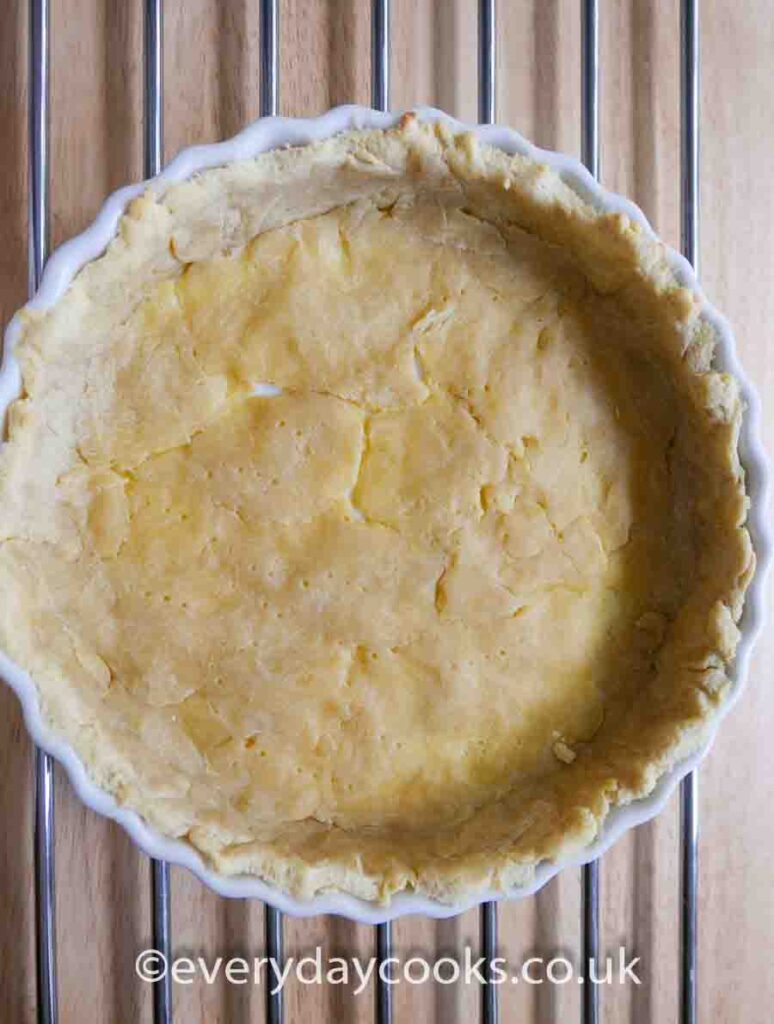
Pate Brisee - Pastry for Quiches
Pâte brisée also looks and tastes better than shortcrust pastry. I can't remember the last time I made shortcrust pastry. I either use this for savoury items, such as Tuna and Tomato Quiche, or pâte sablée for sweet treats.
How is Pâte Brisée different from Shortcrust Pastry?
Unlike ordinary shortcrust pastry, pâte brisée has an egg yolk added. This gives the pastry strength and makes it easier to handle. It also tastes a bit less boring than normal shortcrust and it's a nicer colour too! Best of all, you don't have to roll out the pastry! Of course, if you're an ace at rolling out pastry, you can use this recipe for any pie, quiche or flan.
Key points are to use cold butter - straight from the fridge - and to add the water gradually, as the amount needed can vary according to room temperature or the size of the eggs.
I really recommend investing in china flan dishes of varying sizes. They are ideal for this method of pushing the pastry into the dish and won't leak if the pastry has a hole.
Recipes using Pâte Brisée
Salmon and Prawn Quiche
Quiche Lorraine - picnic size
Tuna and Tomato Quiche
Cheese Quiche
Recipe
Pastry for Quiches - Pâte Brisée
Ingredients
- 150 g plain flour
- 60 g cold butter
- 1 egg yolk
- ½ teaspoon salt
- 2-3 tablespoons cold water (30-45 ml)
Equipment
Instructions
- Put the flour, salt, and roughly chopped butter into a bowl and combine until it resembles coarse breadcrumbs:Food processor: Process for 5 secondsStand or hand mixer: Mix on medium for 1-2 minutes (longer for smaller mixers)By hand: Rub the butter through the flour mix for about 5 minutes
- Add the egg yolk and 30ml water and blend again, or mix with your hands until the mixture starts to form a ball. You may need to add extra water to get it there.
- Gather the pastry together in your hands and knead two or three times until it is a solid ball that isn't crumbly (not enough water) but doesn't feel slimy (too much water)
- Cover the pastry ball in clingfilm, or put it in a plastic bag or box with a lid, and put in the fridge for at least 30 minutes before you use it (see tip)
- When you're ready to use the pastry, preheat the oven to 200°C/ 185°C fan/ gas mark 6/ 400°F
- Press the pastry into the flan dish with your fingers
- To bake the pastry case without a filling (blind): put some baking parchment on the bottom and add dried beans or ceramic baking beans to weight it down.
- Cook for 10 minutes. Remove the beans and cook the pastry case for another 10 minutes
- Cool on a wire rack or fill for further cooking according to your recipe.
Video
Notes
Everyday Cooks tips:
- Make at least double quantities, line the flan dishes, cover with clingfilm, and freeze - either cooked or uncooked
- Make the pastry up to 48 hours before use and leave in a ball in the fridge
- Make the pastry and line the dish the day before you want to use it. Cover with clingfilm and store in the fridge
- If your blind-cooked pastry case has holes in it, you can patch them with left-over pastry. This is only essential if you have a loose-bottomed flan tin.
- Invest in china flan dishes of varying sizes. Your quiches will always look good and you save time and effort with this method




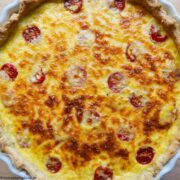
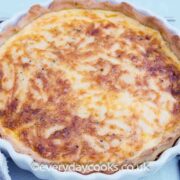
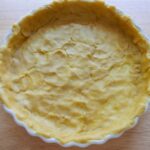
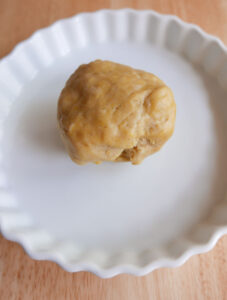
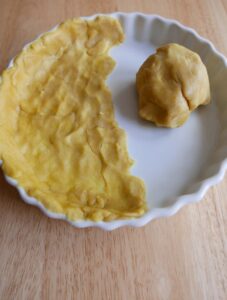
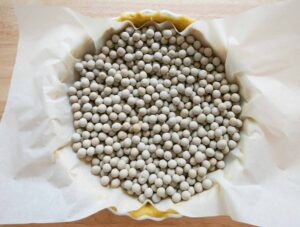
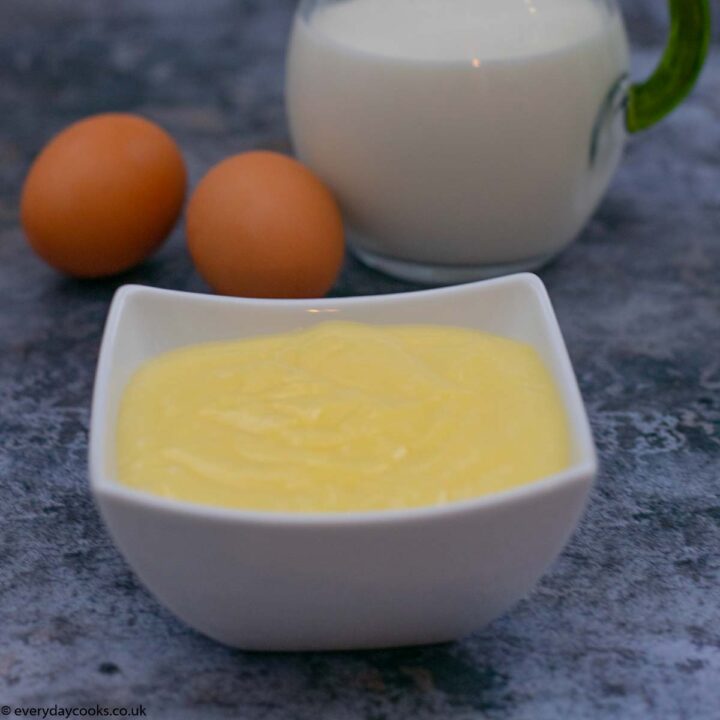
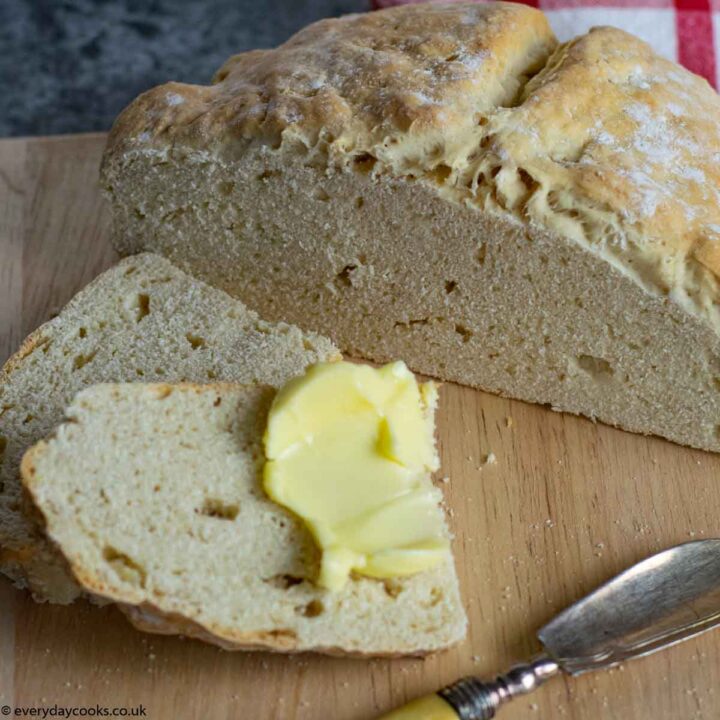
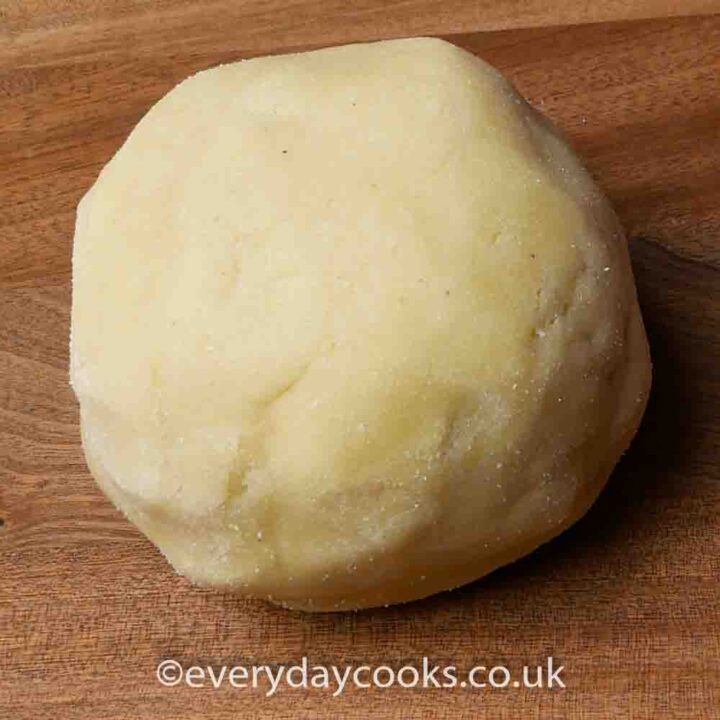
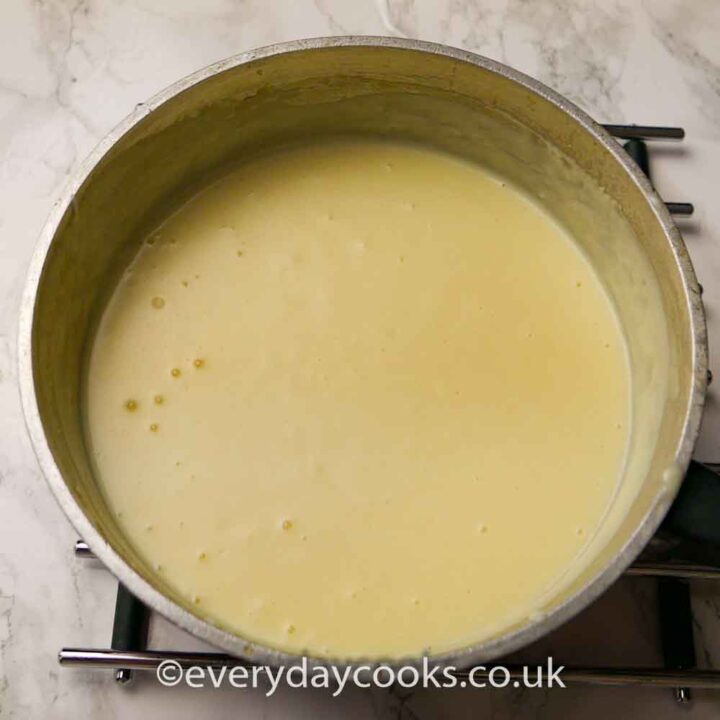
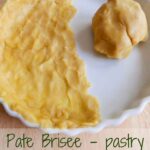
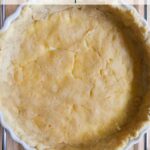

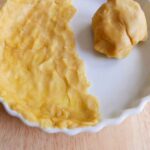
Comments
No Comments